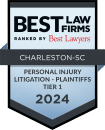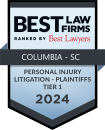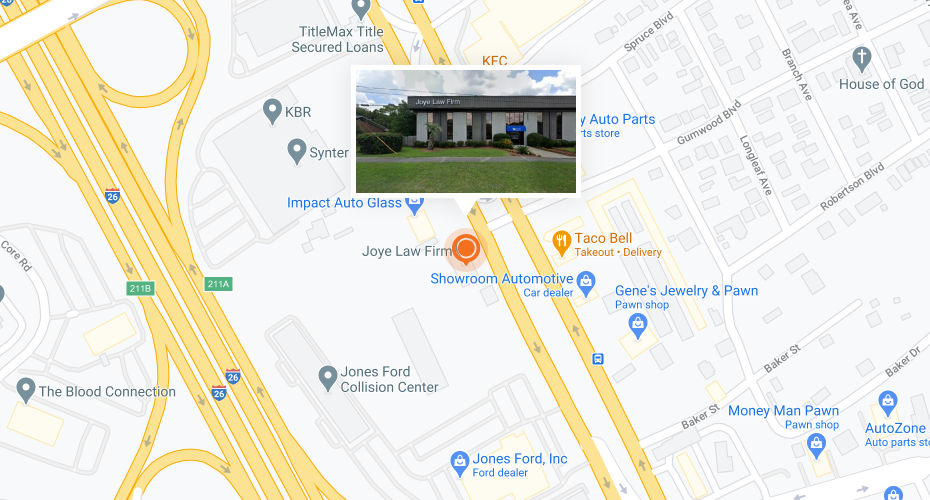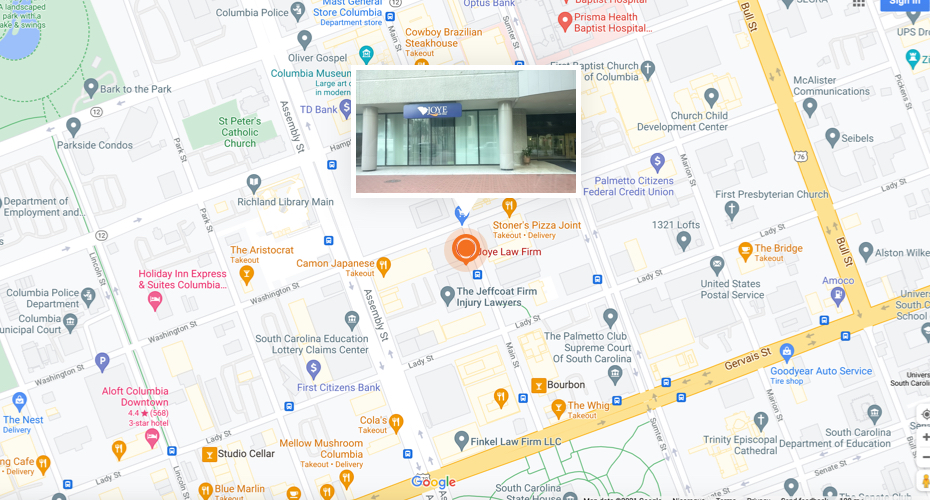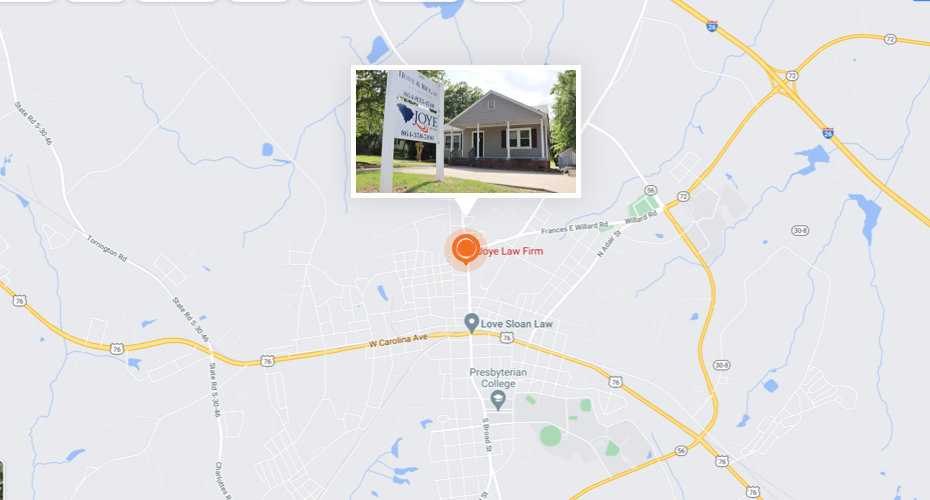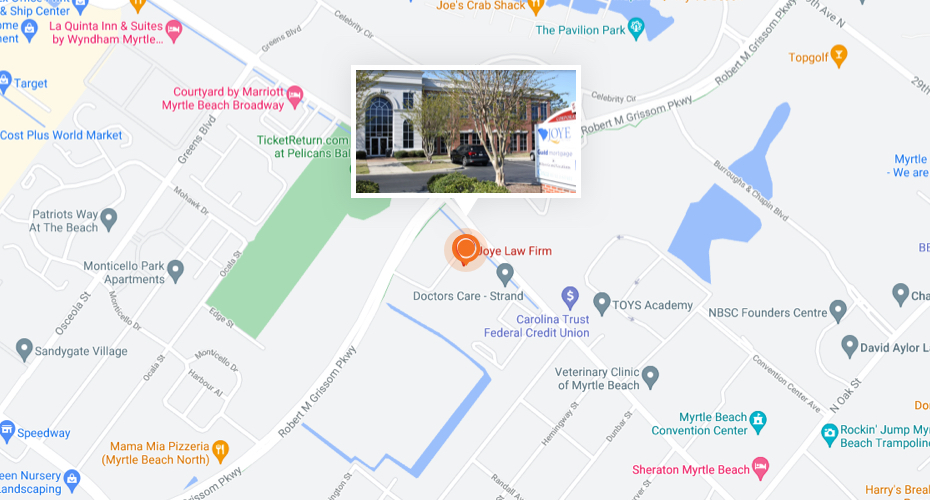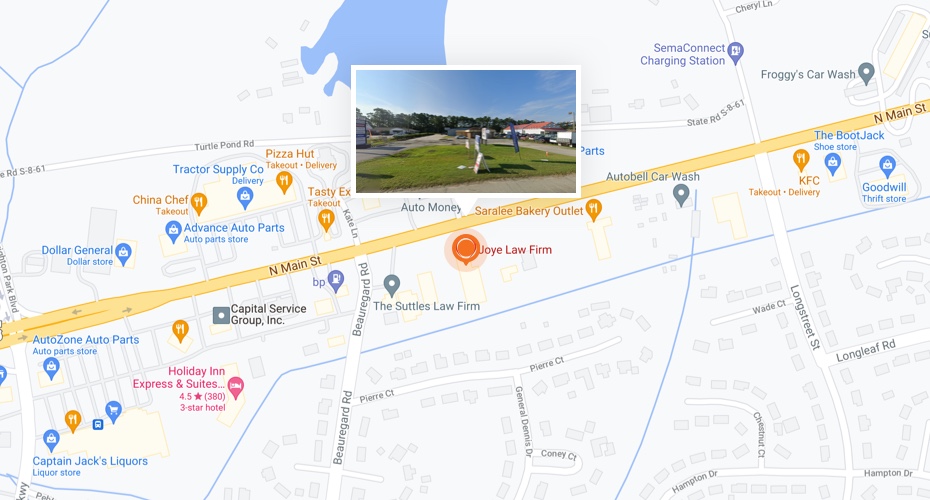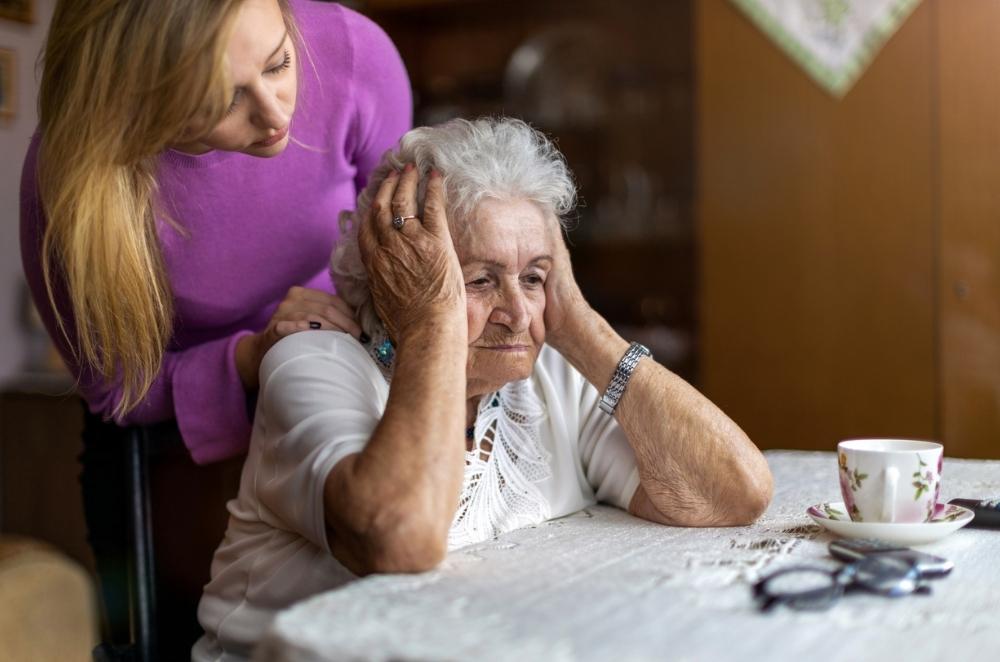
Many families move their elderly or disabled loved ones into nursing homes or other assisted living facilities when they can no longer live independently. Nursing homes are supposed to provide better-quality care than residents can get at home from family, but unfortunately, that doesn’t always happen. Sometimes residents are neglected or abused by staff, or other residents.
This is both morally wrong and illegal. Nursing home residents have the legal right to be free from abuse, and when they are harmed because of neglect or abuse, they and their families also have the right to get compensation for their neglect/abuse-related medical expenses, their pain and suffering, the cost to move them to a new facility, and more.
Nursing Home Abuse is More Common Than You Know
One study found that nearly 1 in 4 nursing home residents surveyed had experienced at least one instance of physical abuse by nursing home staff. It’s important to always be on the lookout for warning signs that your loved one may be experiencing neglect or abuse whenever you visit or speak with them.
Unscheduled visits are an important way to do so because they give you the chance to see how the facility operates when they aren’t expecting to be watched.
How Do the Staff Seem?
One of the most common reasons that nursing home residents experience abuse and neglect is because nursing homes hire inexperienced staff and/or not enough staff to adequately care for all residents.
Do the staff members you see around the facility seem tired, stressed, or frustrated? This could be a sign that the staff are undertrained and/or overworked.
Do you recognize any faces from the last time you visited, or do most of the workers seem to be new? A high turnover rate could be another sign that the facility has poor working conditions for staff, which almost always causes poor living conditions for residents.
How Do the Residents Seem?
If residents seem malnourished or have poor hygiene, this is a glaring red flag that they are likely being neglected.
Noticeable injuries on residents, such as cuts, bruises, or casts on broken bones, could indicate physical abuse is happening, but they could also be a sign of neglect. Many nursing home residents have mobility problems and need assistance walking or getting out of beds or chairs. When they don’t receive this assistance, they can easily fall and become injured.
It’s also important to watch for sudden changes in personality in your loved one. If they seem depressed or scared, it may be a sign that abuse is happening when you’re not around. You should also carefully note if your loved one often seems confused or “foggy.” While this could be a symptom of dementia, it could also be a sign that your loved one is being overmedicated.
What Are the Interactions Like Between Staff and Residents?
When you are observing staff on visits to the facility, make note of their interactions with residents. Are they friendly and patient with residents, or are they rude? Are they too physically aggressive when touching or moving residents? Do they ignore residents who clearly need help?
Make sure to ask your loved one their opinion on the staff. Even a comment as innocuous as “I don’t like so-and-so,” could be a sign pointing to abuse. Some nursing home residents are too afraid of retaliation to come out and say it when they are being abused, while others may be suffering from dementia or other conditions that make it so they can’t remember exactly what type of abuse they’ve suffered.
What is Your Impression of the Facilities?
Is the nursing home clean? Has it been updated recently, or are the furnishings old and worn? Does it seem to be up to code regarding fire safety? Is the nursing home accommodating to people with mobility issues or other disabilities, and feature ramps and handrails?
What about the dining hall—are the food options healthy and good tasting? Are residents supervised in public areas, and do they receive help from staff when they need it?
Many nursing home owners and management companies don’t maintain their facilities the way they are supposed to, and when they don’t, they may be guilty of neglect or negligence.
Nursing Home Residents Have Rights—We Uphold Them
Nursing home abuse is an epidemic, but we won’t stand for people and corporations abusing the residents in their care or the trust of families who depend on them. If you’ve seen warning signs at your loved one’s nursing home and suspect they may be being abused or neglected, contact our firm right away.
We can help prove when abuse or neglect is occurring, get your loved one to a safer facility, and get your family compensation for the trauma you’ve been through. Reach out to our South Carolina nursing home abuse attorneys today for a free consultation.









